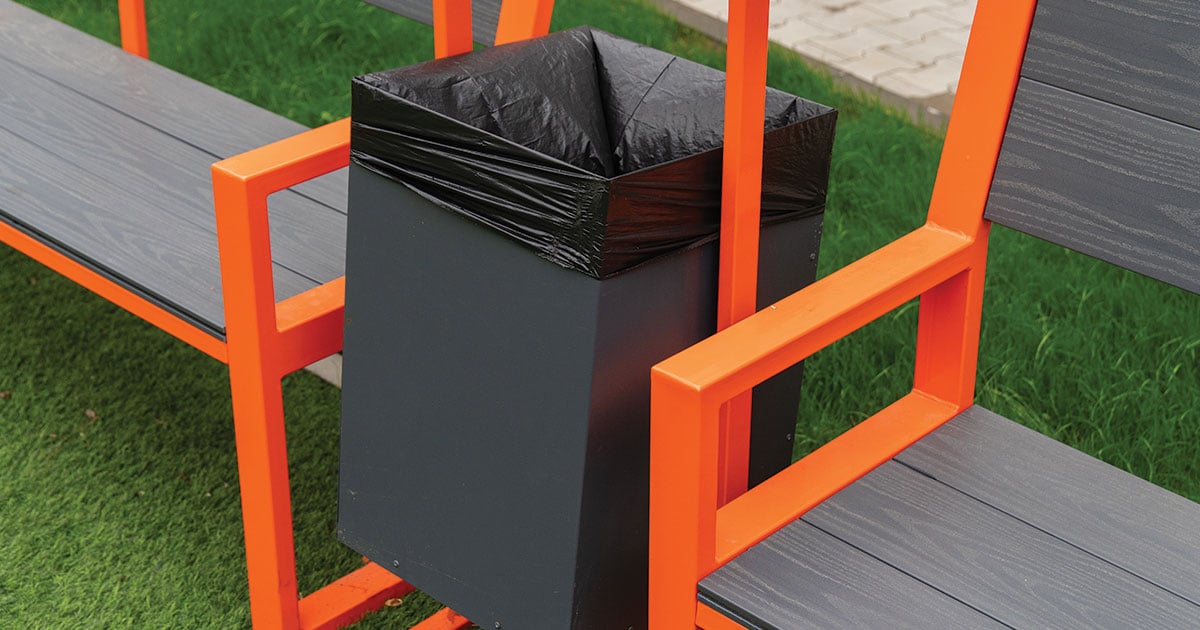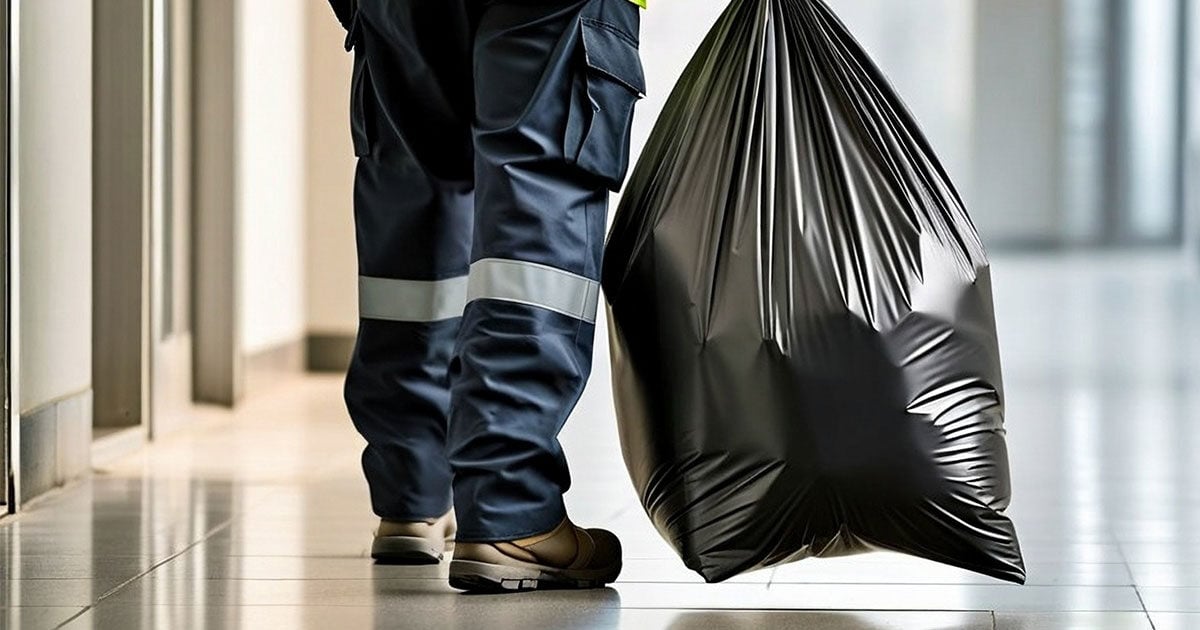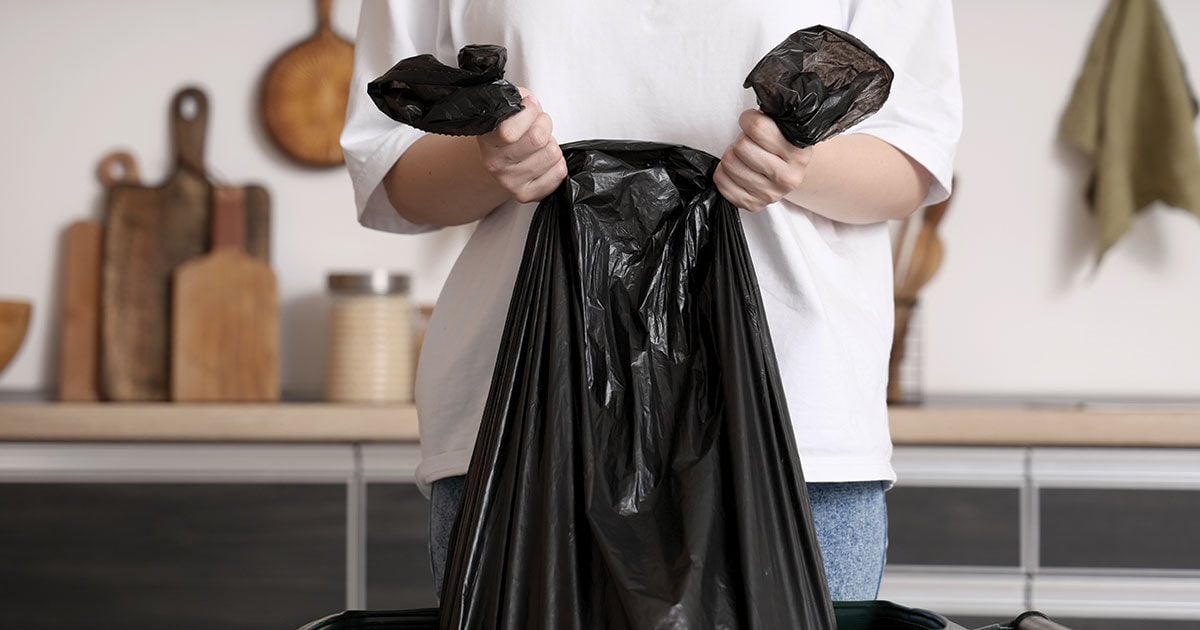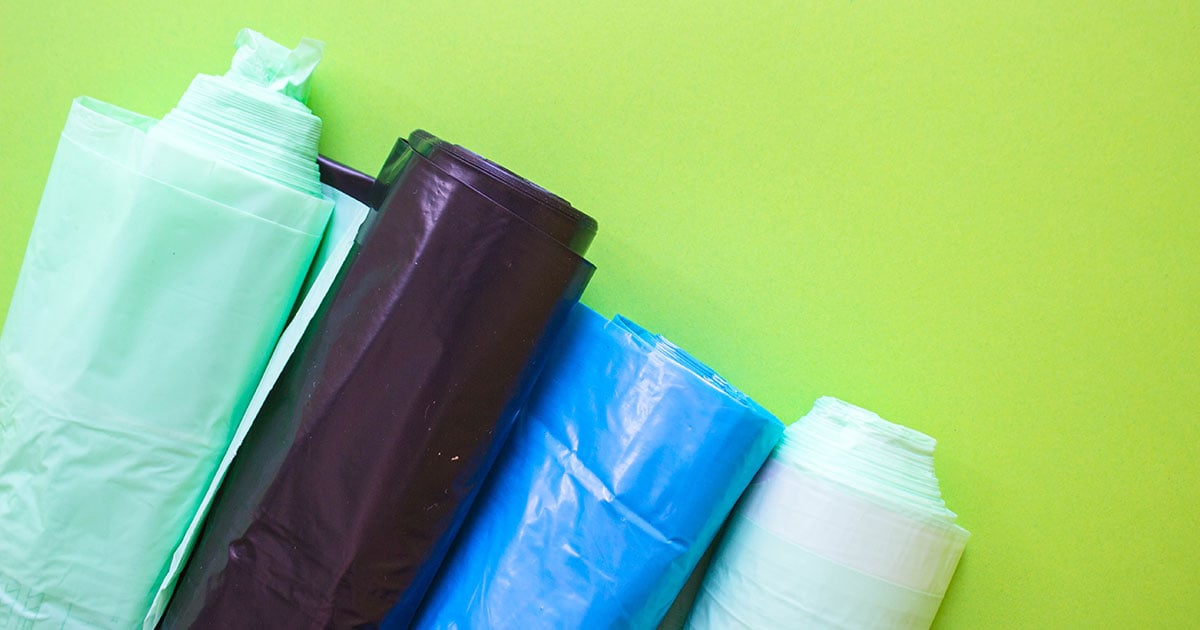10 min read
A World Without Can Liners: A History and Modern-Day Benefits
Have you ever stopped to think about a world without can liners?

Everybody needs can liners at their facility, but sometimes there can be confusion as to which can liner (or can liners) to purchase to best suit the specific needs of your operation.
Do you find yourself asking questions like:
 Size
SizeWhat size can liner do I need?
 Density
DensityWhat type of can liner should I select? High density or low density?
 Gauge
GaugeWhat gauge do I need? In other words, how thick should the can liner be?
It is helpful to ask a different set of questions to determine the best liner for your application.
High-density polyethylene (HDPE) can liners are used for paper and non-rough objects under moderate transport conditions. These liners are very strong and handle higher load capacities than LLDPE liners, but they tear more easily once punctured.
Suggested applications for High Density Can Liners:
Linear Low-Density Polyethylene (LLDPE) can liners are used for rough or sharp objects under tough transport conditions. These liners are very strong and more resistant to tearing but handle lower load capacities than HDPE can liners.
Suggested applications for Low Density Can Liners:

Once you have determined the type of application for the can liner, you can turn your attention to the size of the receptacle where the can liner will be used. Your goal is to select a can liner which is big enough to do the job, but not so big that you are wasting plastic and money with an oversized can liner.
How to measure a receptacle:
Sound confusing?
You can also ask your BradyPLUS Account Consultant who can provide the right answer, or you can reference the “cheat sheet” we have included in our KleenLine® Can Liners brochure.
Please note that we also have an offering of KleenLine® KleenFit™ Can Liners that have been designed to be the perfect fit for the most common receptacles in the market.
Now that you have selected your resin and dimensions, you can confirm how heavy the materials will be that you intend to have put into the can liner.
Typical office waste and recyclables?
A high-density can liner will probably be the best fit for your application, and this choice will allow you to utilize the smallest, thinnest liner to do the job and save the most money.
Got some heavy materials with sharp edges?
A low-density can liner will probably be the best fit for your application. This choice will allow you to utilize a liner that won’t tear or “zipper” on you if it is punctured.

If you are looking to differentiate different waste streams, you may also want to ask questions related to the color of the can liner, depending on your application.
If you would like to utilize a more sustainable option in your facility, you may want to ask questions related to post-consumer recycled content.
Or you may want to ask questions about healthcare waste if you work in a healthcare facility.
No worries; we still have you covered in the KleenLine® Can Liners brochure.
Still not sure what you need?
If you can’t find the answer you need in the KleenLine® Can Liners brochure, your BradyPLUS Account Consultant would be happy to assist!

10 min read
Have you ever stopped to think about a world without can liners?

9 min read
So, what do you call the thin, flexible plastic film shaped into a de facto carrying sack that you place inside of a waste or recycling receptacle to...

7 min read
Can liners serve a very important role in modern society – not only do they help to protect public health and safety, but they also help to make...